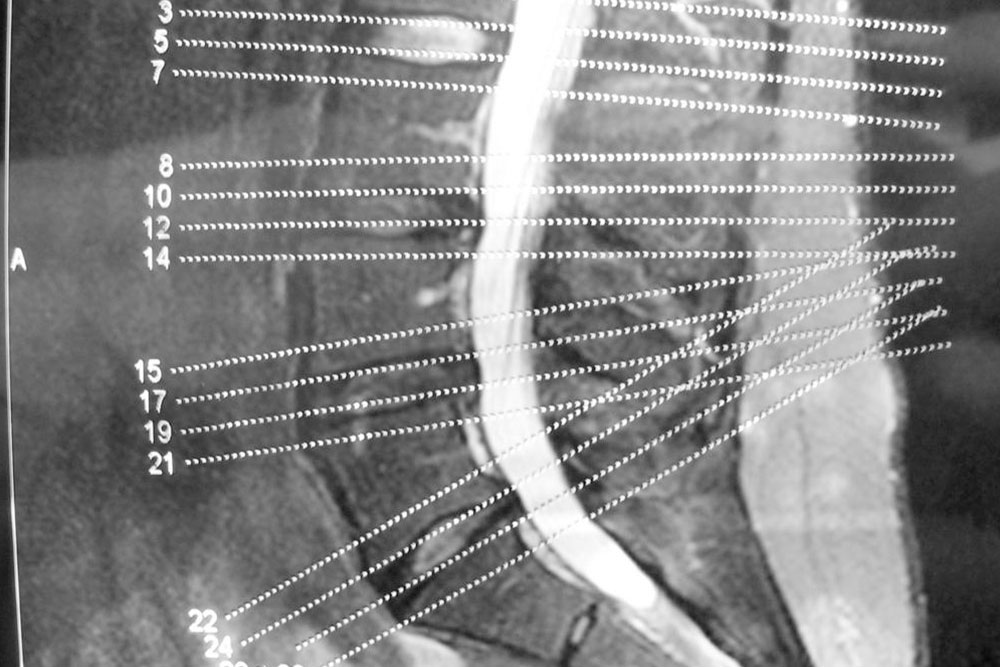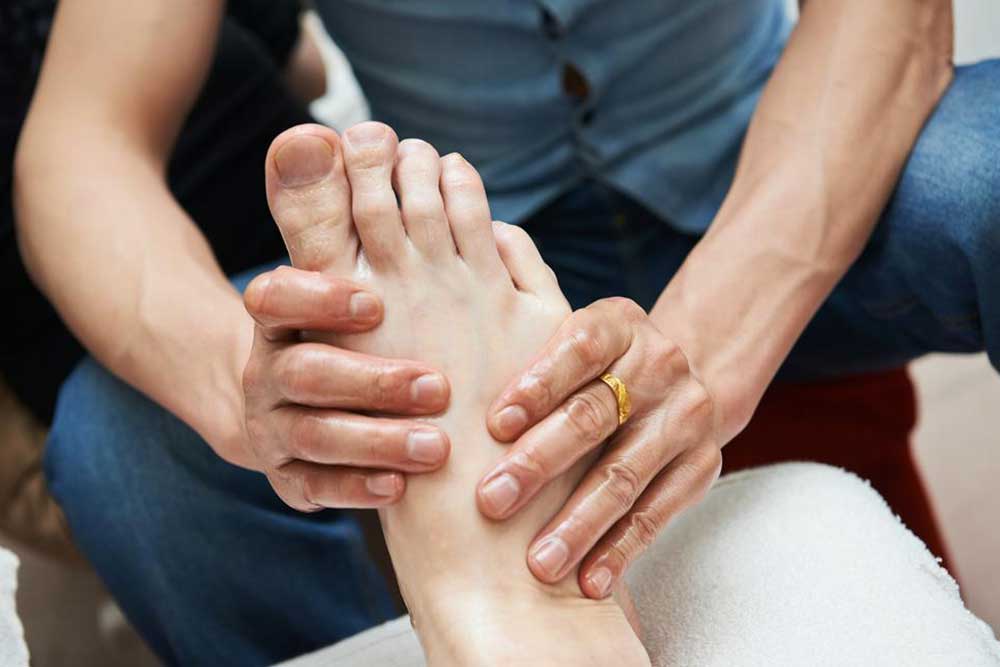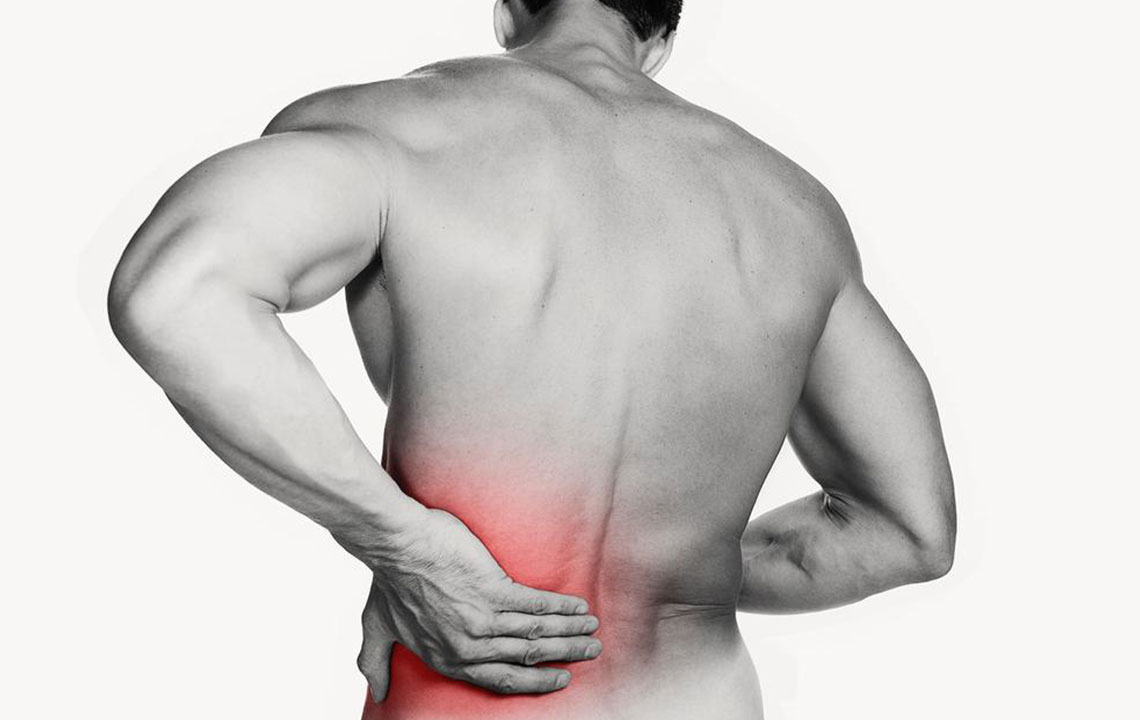Understanding Spinal Degeneration: Disc and Joint Conditions Explained
This article provides a clear overview of spinal degenerative diseases, focusing on differentiating degenerative disc disease from degenerative joint disease. It explains causes, symptoms, and potential consequences, emphasizing the importance of early diagnosis and treatment for spinal health.
Sponsored

Degenerative illnesses refer to the slow decline of body tissues or cells caused by aging. As we get older, our spine endures stress from supporting and mobilizing our back, leading to gradual deterioration. This can result in back stiffness and pain. The two main conditions are degenerative disc disease and degenerative joint disease, often confused but distinct in nature. Recognizing their differences is crucial for proper management.
Degenerative disc disease occurs when spinal discs lose elasticity and dry out, losing their shock-absorbing ability. This can cause pain, disc flattening, or tears that may lead to herniation. On the other hand, degenerative joint disease, also called osteoarthritis, affects facet joints. The breakdown of cartilage causes bones to rub, leading to inflammation and pain. Both conditions worsen if untreated but affect different parts of the spine and body.





